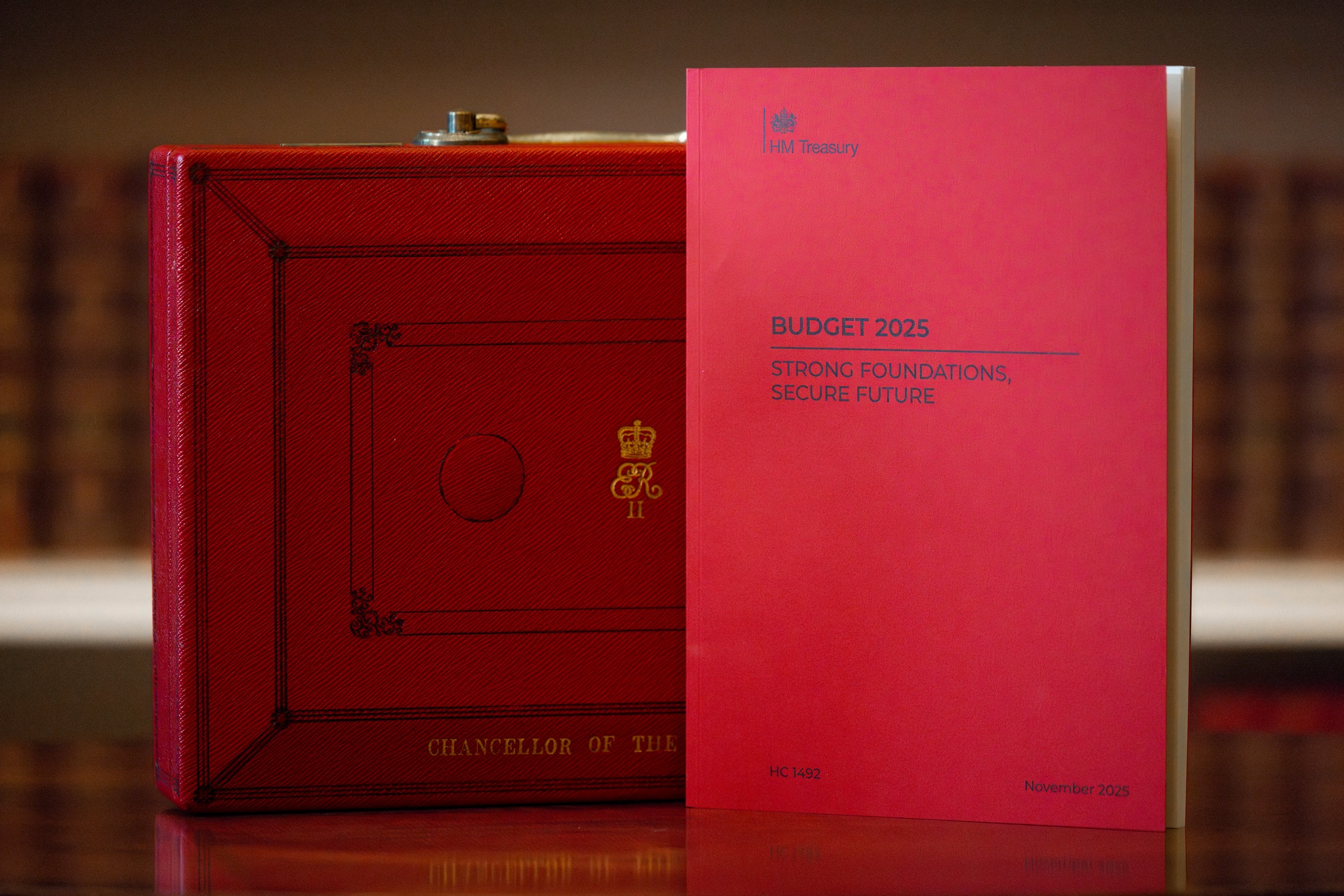Spring Budget 2024: A quiet event for R&D tax relief

In a big political year in which a general election is expected in the Autumn, this could be the last or penultimate fiscal announcement of this parliament. We saw the usual political juggling act, with a recently declared recession balanced against the announcement of inflation targets being met way ahead of schedule.
In a big political year in which a general election is expected in the Autumn, this could be the last or penultimate fiscal announcement of this parliament. We saw the usual political juggling act, with a recently declared recession balanced against the announcement of inflation targets being met way ahead of schedule.
On the topic of research and development (R&D) tax relief, it was a quiet Budget from the Chancellor. In fact, he did not mention it once. There were some announcements on innovation funding more generally, including life sciences, AI, and the creative industries. But to find out the latest on R&D tax relief, one had to study the accompanying publications.
New and reformed R&D tax relief schemes written into law
Schedule 1 to the Finance Act 2024 confirmed the proposed changes to R&D tax relief schemes announced in the past year. This means that innovative businesses can plan with confidence, certain of the rules in place for accounting periods starting after 1 April 2024.
RDEC (merged scheme)
The research and development expenditure credit (RDEC) is now the de facto scheme for almost all businesses claiming R&D tax relief, with the old SME scheme being discontinued.
The above-the-line rate of tax relief is 20% which accounts for a benefit of between 15% and 16.2% of qualifying R&D expenditure post tax. Previous qualifying activities and costs remain as before. However, where R&D work is subcontracted, the claimant company must be the one that is the ‘decision-maker’ in the R&D project – the ‘decision-maker’ may be the contracting company, but this is not always the case. Draft guidance has been provided to explain the position of subcontracted R&D within the new regime.
Intensive R&D SME scheme
Companies making claims under the SME scheme, which spend at least 40% of their total expenditure on R&D, will be able to continue claiming the higher payable tax credit rate of 14.5% after 31 March 2023. The intensity threshold will then be lowered to 30% for accounting periods beginning on or after 1 April 2024. There will be a one-year grace for companies which have met the threshold allowing them to continue claiming the enhanced rate, even if they do not meet the threshold in a particular year. The tax benefit of this scheme can be worth as much as 26.97% of R&D expenditure.
Explore our guide about enhanced R&D intensive support for loss-making SMEs.
An HMRC expert advisory panel
In the detail of the Spring Budget 2024 document, it was announced that an expert advisory panel will be established to support the administration of R&D tax reliefs.
Following the findings of the National Audit Office, showing that HMRC had been under-resourced for managing R&D tax relief for years, this measure is consistent with others in tightening up HMRC’s approach.
The new panel will give insights on the latest R&D in key sectors like tech and life sciences, and help review guidance to ensure HMRC and its directives remain up to date, while also giving clarity to claimants.
Our thoughts on the Spring Budget 2024
We think many businesses will find it reassuring that there was virtually no news on R&D tax relief in the Chancellor’s Spring Budget 2024. After a year of significant changes for the industry, innovative businesses will have time to adapt to the new simplified rules which come into force from 1 April 2024.
While there will be winners and losers under this scheme, our expert team is on hand to advise you on getting the very best out of R&D tax relief, whilst remaining compliant with the rules.
Want to discuss how the budget might impact your next R&D tax claim? Book a consultation.
FAQs
Spring Budget 2024
Did the Spring Budget 2024 mention R&D tax relief changes?
The Spring Budget 2024 did not directly mention R&D tax relief. It referenced innovation funding programmes for specific industries like life sciences, but not R&D tax relief. An expert R&D advisory panel for HMRC was announced in the Spring Budget 2024 accompanying report, to help HMRC administer R&D tax relief.
When do the new R&D tax relief schemes come into effect?
The reformed RDEC scheme, now to be used by SMEs in place of the old SME scheme, was confirmed to be coming into force for accounting periods commencing on and after 1 April 2024. The same applies to the new SME scheme for intensive R&D.
What are the new rates of R&D tax relief for RDEC?
The rate of above the line tax credit for RDEC after 1 April 2024 will be 20%. This translates into a post-tax benefit of between 15% and 16.2%.

Can we help your business?
Book a free consultation with our expert R&D funding advisors today. We specialise in helping innovative businesses like yours unlock millions in government funding, specifically allocated to fuel your innovation. Let us help your business access the support it deserves.








.svg)


